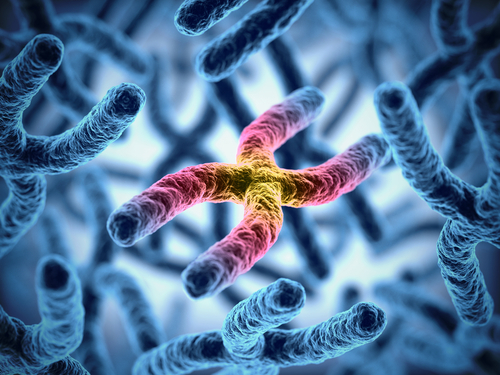Spotlight Acquires Rights to Potential SMA Treatment to Stabilize SMN Protein
Written by |

 Spotlight Innovation announced that it has acquired an exclusive, worldwide license to commercialize STL-182, an orally administered small molecule under investigation as a potential treatment for spinal muscular atrophy (SMA).
Spotlight Innovation announced that it has acquired an exclusive, worldwide license to commercialize STL-182, an orally administered small molecule under investigation as a potential treatment for spinal muscular atrophy (SMA).
SMA is an autosomal recessive disorder. Between 1 in 40 and 1 in 50 adults have only a single intact spinal motor neuron 1 (SMN1) gene, which encodes a protein (SMN, or survival motor neuron) required for proper neuromuscular function. Infants who inherit no intact SMN1 gene from either parent may develop SMA, and those who do often lose their ability to sit, stand, walk, swallow, and, eventually, to breathe.
But in children with SMA, low levels of a functional SMN protein can be produced by an SMN1-related gene, called SMN2. One therapeutic strategy is to stimulate production of the SMN protein encoded by SMN2. Spotlight reports in a press release that STL-182 has shown the potential in mouse SMA models to restore neuromuscular function by stabilizing such SMN protein levels.
Early preclinical testing of STL-182 was conducted through a research collaboration between Professor Elliot Androphy, of Indiana University School of Medicine in Indianapolis, and Professor Kevin Hodgetts, director of the Laboratory for Drug Discovery in Neurodegeneration at Brigham and Women’s Hospital in Boston.
Their work, supported in part by funding from the National Institute of Neurological Disorders and Stroke (NINDS) and the National Institute of Child Health and Human Development (NICHD), aimed to prompt the body to make more SMN protein either by replacing or correcting SMN1, or by modulating SMN2, the low-functioning SMA backup gene.
In July, Cure SMA, a nonprofit advocacy and research funding organization, awarded Hodgetts a $50,000 drug discovery grant to support development of a drug to increase SMN2 transcription, a process by which information in DNA is copied into messenger RNA (mRNA). Using this grant, the researchers are investigating two distinct chemical platforms, to see if they might be used to increase SMN2 transcription. Their goal is to optimize a compound that already increases SMN2 transcription to give it drug-like properties better suited for preclinical evaluation. This approach, the scientists suggest, could also be used with other treatments that boost SMN levels by other mechanisms, such as SMN2 splicing modulators.
Spotlight acquired the new license from Indiana University Research and Technology Corp.
Sources:
Spotlight Innovation Inc.
CureSMA






